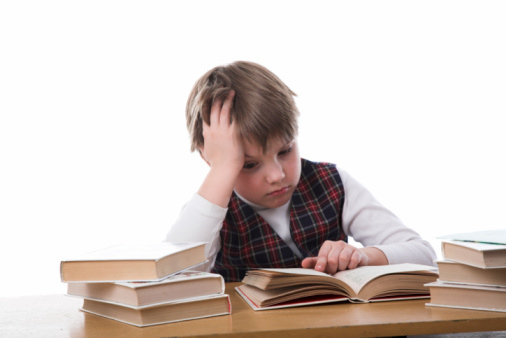Have you seen “The REAL reason children fidget”article from balancedandbarefoot.com?
Have your friends shared and re-shared and commented that they feel this is speaking about their child, their students, their neighbor kid, well, all kids? Yeah, me too.
Here is what I am seeing in society at large:
Movement needs are ignored.
Movement is undervalued.
Movement, for many, is painful- physically and/or emotionally.
Yes, as we know and tout regularly, movement is the key. Movement unites, it unlocks, it communicates.
Here is what I am seeing in my school and in my own classes:
(Now, I should mention that apart from a middle school gym class, our school no longer offers physical education classes with a specialist (same with library). This, I would like to believe, was not an easy decision on behalf of our district, but one that was done nonetheless. But this article isn’t about that….)
As a movement facilitator, my job is getting harder and harder.
Even in a building in which dance classes are offered since kindergarten, and even in the 3.5 years I have been teaching in this building, I have witnessed a steady decline in students’ ability to control their bodies in class. I see elementary classes for 30 minutes, once a week.
For a while, I was concerned it was my curriculum.
I still reflect on this daily. But the classes that are buying in are REALLY buying in. And my emphasis within the curriculum is sensitive to the kids I have in front of me. So there must be more to it…..
For a while, I was concerned my classroom management skills were somehow in decline.
I still reflect on this daily. But the classes that are functioning well are REALLY functioning well. And my management strategies are sensitive to the classes I have in front of me. So there must be more to it….
At the beginning of the year, all teachers were asked to spend time in other classrooms during what had been “planning time”. (This goes back to the district’s decisions that this article is not about.) This time, though, gave me an opportunity witness how movement was organized in the general classrooms. It was eye-opening.
The classrooms that had practiced procedures for how and when to move around the room, happened to also be the classes that maintained their composure when they entered the studio.
These classrooms also seemed to acknowledge that learning improves after rigorous activity were more apt to follow through on their physical education expectations and less likely to take away recess when behavior was less than ideal.
And then there were the other classrooms.
I noticed that in the classrooms that had little organization of how to move through the space, also had little organization in how dialogue flowed. Kids moved at random and spoke at random. This led to larger issues over the course of the year. These were the classes, that at concert time, performed lecture-demonstration examples of what happens in a “typical”dance class at our school rather than learning a dance that incorporated the skills they had embodied.
So here is how I adjusted my own role in facilitating movement in my building this year and it is what I propose we all do.
Let’s…..
- talk about how to organize movement to ease transition in general classrooms. This is something I think all teachers are now being held accountable for as it leads to a significant loss of instructional time when the minutes are added up!
- promote the critical thinking skills developed through creative movement, even for upper grades. We will call it physical problem-solving.
- push rigor in all ways we move students- physically, intellectually, and emotionally. It will require we do things differently than others and even from the ways we have taught before.
- not be afraid to rethink what is “performed”in front of an audience. We can’t function at the “it is what is always done”mode anymore. (Should we ever do that, anyway?)
While creative movement (creative problem-solving) is widely accepted for young children, it is equally important for older grades, yet challenging socially in the tween grades. Believe it or not, even the middle schoolers enjoy PLAY!
Let’s set the guidelines and set them free to move and explore.
Tip: Clear, thoughtful prompts, not often used in traditional “dance”contexts will be important here. Neutralize the territory and think of it is a math-integrated dance class, for example
Using more creative movement in your classes will likely impact what students will be able to present on-stage. There are a million different ways this could “look”, each of them exciting. Take some risks and if worried, include all the positive “whys”this program might look different from years past in your program note or curtain speech. It might just become the new norm for your program- how exciting for audiences to not know what to expect each year and what a good education for them, too!
And you know what? It was more fun for me, too.
What are you seeing in YOUR classrooms and studios?
How are you using structured and non-structured movement to help the fidgets?























